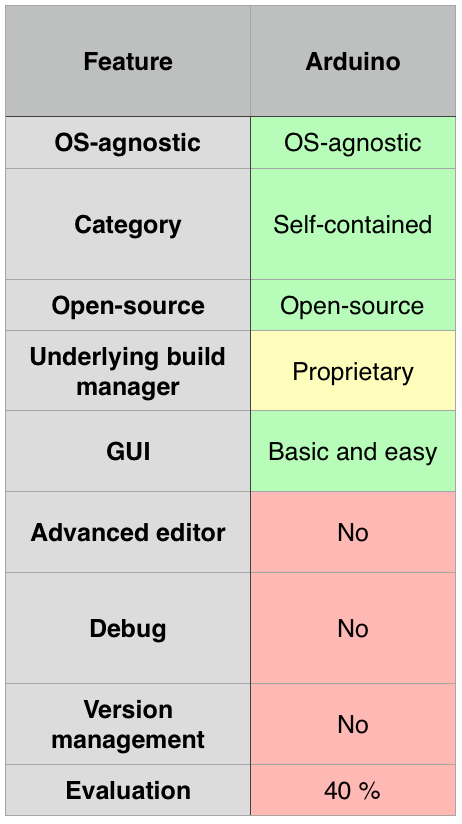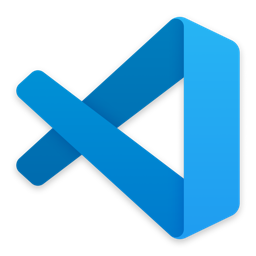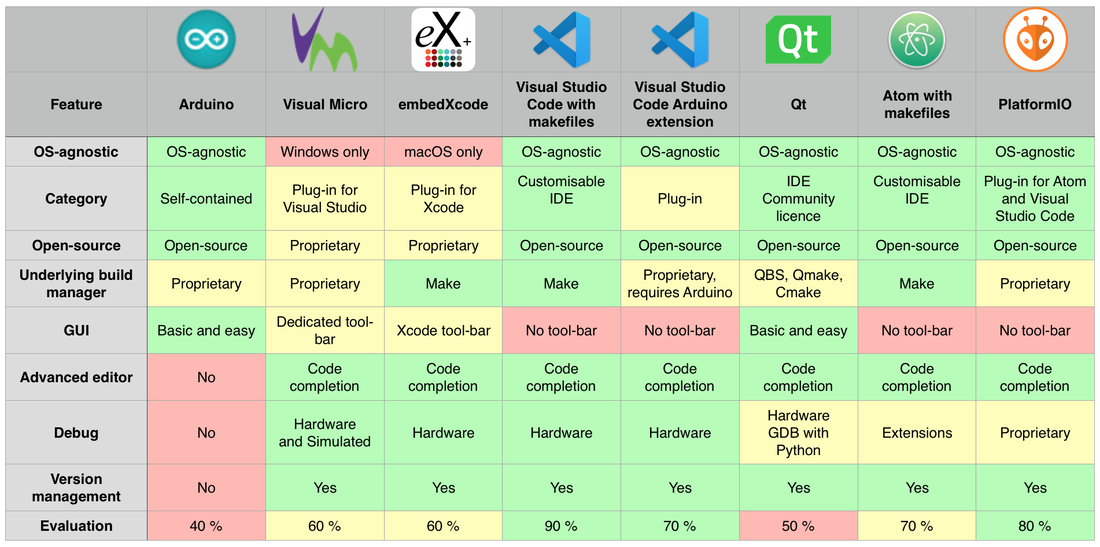Assessing the Next Generation of IDEs
|
The new boards are mostly based on 32-bit Cortex-M MCUs. The larger memory, faster clock and increased computational power allow more ambitious projects.
As a consequence, the development of larger projects has a direct impact on the expectations towards the IDE. The developer wants an advanced editor, debugging capabilities and version management, among other features. |
The Requirements List
|
I've defined height requirements:
Today's Arduino IDE fulfils the 4 of the requirements, or 40% only. |
The Test Protocol
|
The protocol includes building and linking, uploading and running, plus debugging with two breakpoints (one standard and another conditional) and one watchpoint.
Target boards include the LaunchPad TM4C123, the LaunchPad MSP432 and the Arduino M0 Pro. All those three boards feature a hardware debugger. When possible, I'm performing two series of tests:
Target operating systems include Linux Mint 18.1, macOS 10.12.4 and Windows 10 Pro. |
| |||||||||
A New Generation of IDEs
|
Luckily, a new generation of IDEs brings innovative ideas. Some are IDEs, other are plug-ins. Sometimes, the same IDE offers different plug-ins.
I've assessed so far the following IDEs
|
Published 11 May 2017
Updated 16 Jun 2017, 19 Jun 2019, 03 Jan 2022
Updated 16 Jun 2017, 19 Jun 2019, 03 Jan 2022







